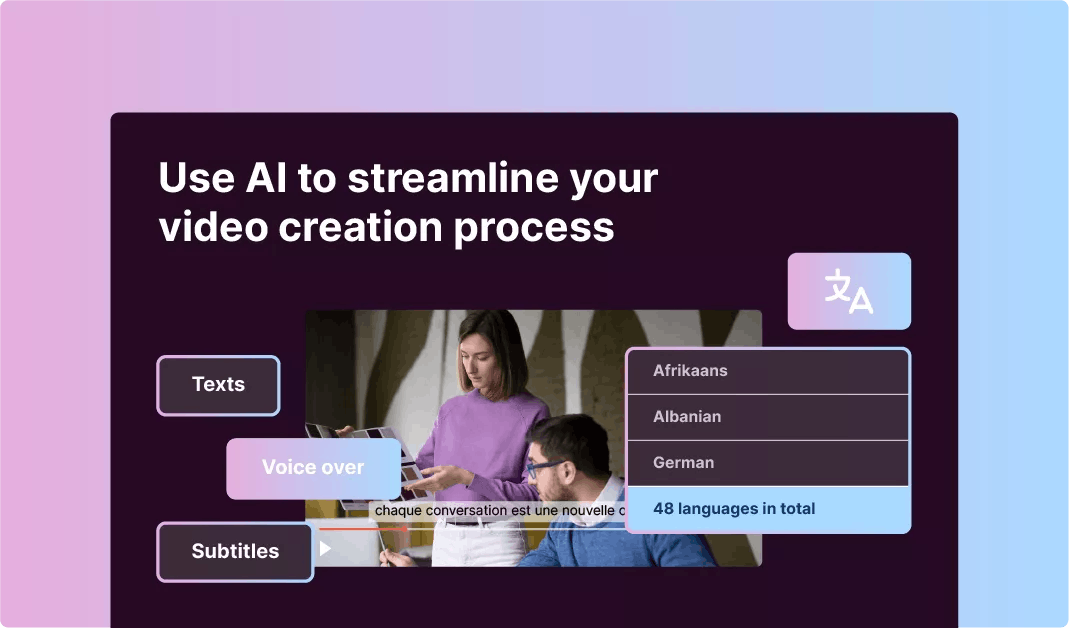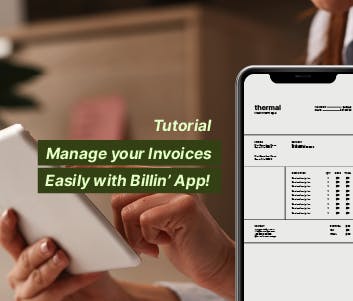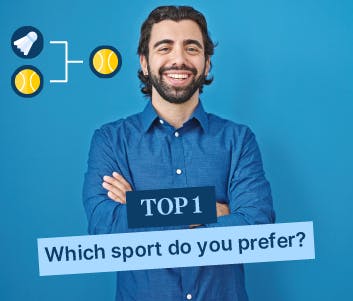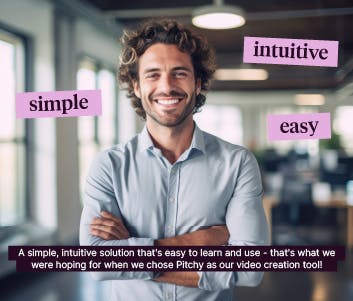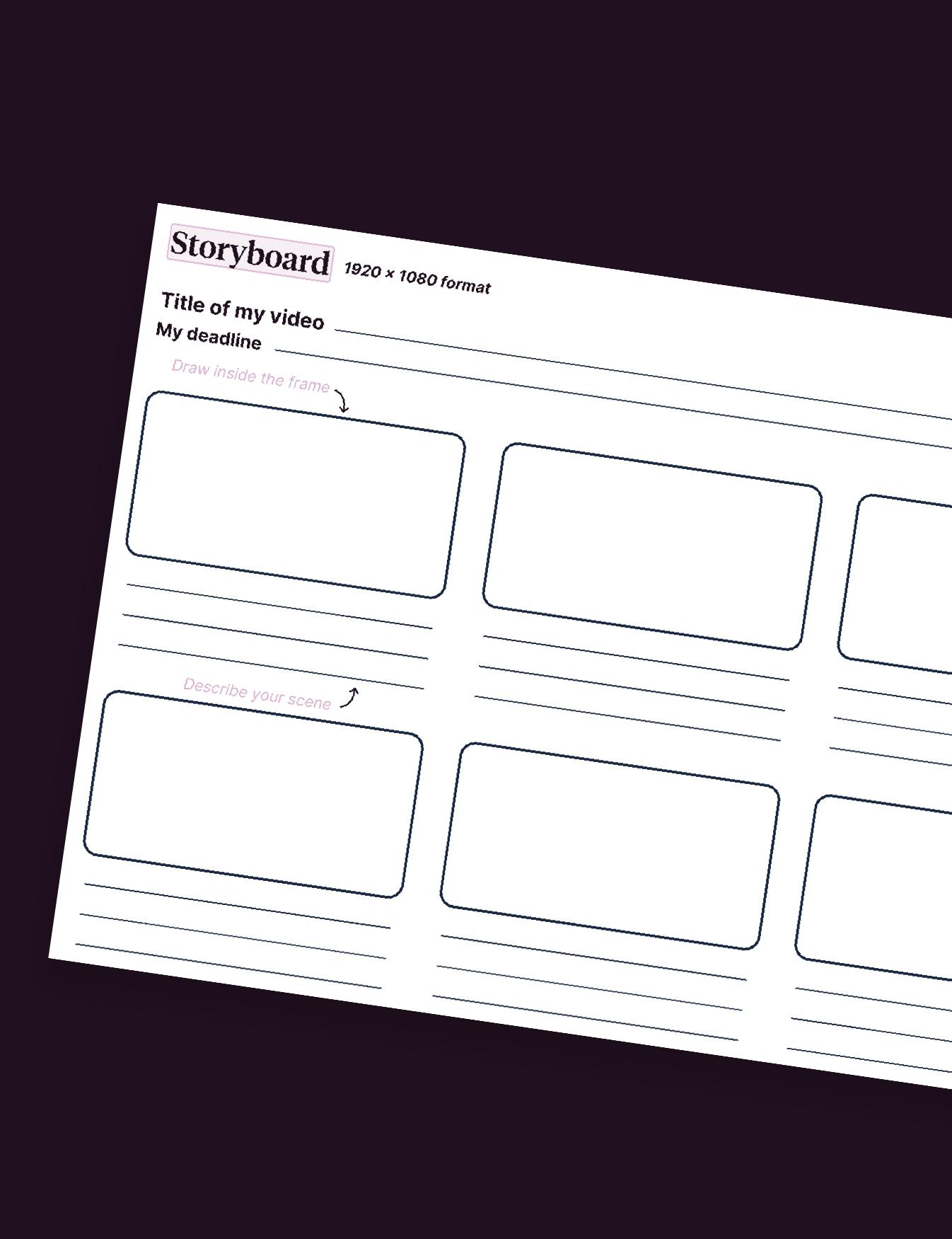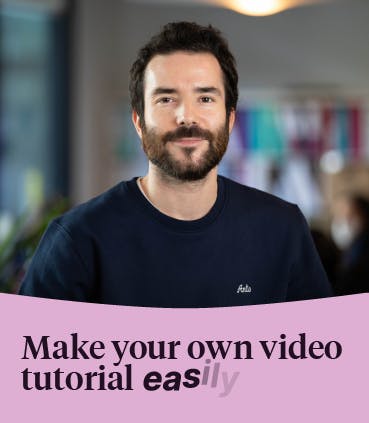Snack content vs long form content: the match

Snack or long form? What types of content are preferable on social networks? What role does video play and why adapt it to the new modes of consumption on social networks?
Snack content, the best entry point for your content on social networks to increase brand awareness
Like snacks eaten on the go at any time of the day, snack content or snacking content refers to any type of content viewed anywhere, any time and very briefly. This trend is also referred to as short content or micro-content and can take the form of GIFs, key figures, infographics, content curation (recommendation, sharing, adaptation and rewriting of articles) or short videos.
In content marketing strategy, snack content meets many needs:
– It adapts to the context of infobesity in which audience availability time continues to drop;
– It is suitable for the reduced attention span of social media users (8 seconds in 2015 according to a 2015 Microsoft study compared to 12 seconds in 2000).
– It helps raise awareness both in terms of duration and frequency as part of an inbound marketing strategy. With this strategy, brands immediately come to the consumers’ mind when they need something or while shopping (“top of mind” awareness).
Reaching audiences on social platforms: before the advent of social networks, awareness was achieved through the distribution of content through mass media. Today, social networks are the key to raising awareness.
Content snacking is thus opposed to long contents (long form content), which are aimed at:
– either addressing a topic in an expert manner to establish the author’s credibility;
– or establishing a more emotional relationship through storytelling.
Snack content is thus complementary to longer formats. It is thus considered to be a gateway, a teaser to your business – creating the desire to know more – and to other types of content: a white paper, a webinar, live streaming, a tutorial, etc.
Beware of contents indigestion
While the French spend an average of 1 hour and 22 minutes on social networks (Hootsuite x We Are Social, 2018), 87% of them recognise that “much [of the content offered] is useless.” Think about the value added even in your snack content.
Long form: content that builds loyalty, educates and qualifies prospects
Contrary to teasers, vines or GIFs, there is the relatively unexplored territory of long form brand content. Long and sustainable formats are aimed at:
– building awareness through, for example, the publication of studies or surveys;
– establishing company expertise via media partnerships;
– qualifying prospects from a lead generation perspective.
It can be a white paper, a webinar or a long video. Major groups such as General Electric, IBM and BMW have already produced large libraries of long form content in recent years. For small businesses and big brands, long content is intended to be distributed on social media, including YouTube and Instagram, where long form video content can be featured.
On the one hand, this trend marks the evolution of standard product placement and is part of a new landscape of marketing videos that resemble the 7th art. Scripting and directing are as meticulous in these cases as for the big screen! Long form content strategies are innovative and ambitious and involve new stakeholders such as influencers and video marketing specialists.
On the other hand, long form content also comes in other video formats with more reasonable budgets. This is evidenced by the rise of webinars, demo videos or tutorials and even vlog-type videos that are very common in lifestyle or decor advice, for example, which can sometimes be longer than 60 minutes!
Video snacking & long form video: a complementary strategy?
In 2017, the number of video content views increased by 99% on YouTube and by 258% on Facebook. On Twitter, a video tweet is six times more likely to be retweeted than a photo tweet. And a recent report by Unbounce indicates that using a video on landing pages can increase conversion rates by 80%.
Mini-videos remain popular
The Vine network democratised an eponymous 6-second format. Instagram launched its Boomerang format that is just a few seconds long. As for Facebook, the social network advises its advertisers not to post videos longer than 15 seconds.
Since 2016, Google’s 6-second ads on YouTube have also been on the rise. This format has become the norm not only for advertising as such but also for the content fed into company timelines. Mobile video and short videos have become the norm. Video snacking is consistent with the mode of video consumption in 2019.
Long form video: a trend that is “so 2019!”
Advertising videos should be distinguished from videos that are part of a content marketing strategy. Content marketing seeks to add value to a target audience while integrating with the brand’s message. The value of this video content is why people watch videos that are 3 to 5 minutes long or longer.
When it comes to format, it can be a video that features an in-house team making a comprehensive presentation of the product. It could also be an “unboxing” type video in which an influencer opens a product for the first time as part of a demonstration. Other formats can include more artistic videos used to show behind the scenes shots of your company in an atypical way. These long videos are also very popular in the luxury and tourism industries.
In other words, long formats are used to achieve a broader goal of storytelling and HR marketing. They can be used to establish closer ties with your audience by providing information that facilitates their decision-making process.
For example, MailChimp, an emailing solution publisher, has created a collection of five 5-minute videos. Each video is set in a different country. The videos are well-paced and humorous. The idea is to show that the solution is aimed at all kinds of entrepreneurs and self-employed workers. This format can be used to highlight the human aspect behind the technology, while not explicitly selling the product.
Resources


